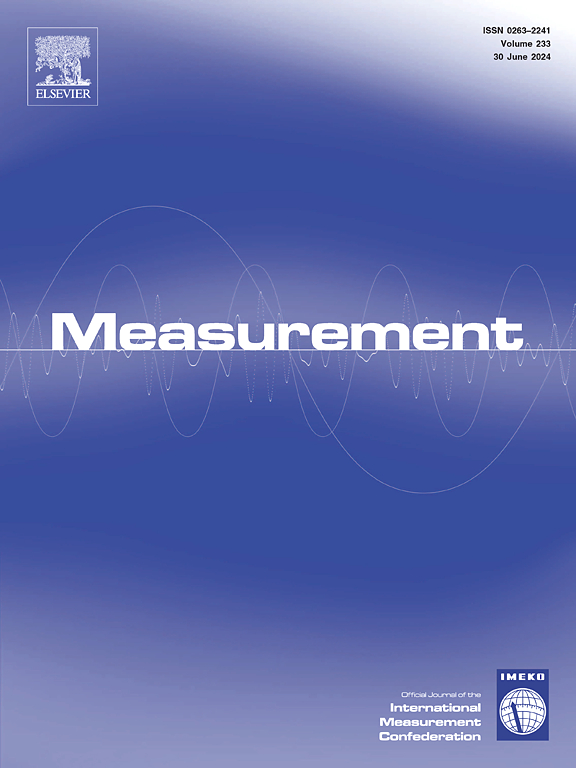Hydroxide Catalysis Bonding settling time in different alkaline solutions
IF 5.2
2区 工程技术
Q1 ENGINEERING, MULTIDISCIPLINARY
引用次数: 0
Abstract
Hydroxide Catalysis Bonding (HCB) is an advanced technique used for bonding silicate-based materials. This technique is widely used in gravitational wave detection, playing a crucial role in ground-based gravitational wave detectors like LIGO, as well as in space-based gravitational wave detectors such as LISA and TianQin. These areas require precise arrangement and positioning of optical elements, which means HCB technique must offer sufficient settling time to assemble these components. This study employs a non-destructive and optical method to evaluate the settling time of HCB by measuring the bond’s reflectivity based on the multiple-beam interference within the bond. The results show a clear relationship between the settling time of HCB and the concentration of the bonding solution. Furthermore, it was observed that the settling time for sodium silicate, which is a secondary dissociated solution, is shorter than that for a fully dissociated hydroxide solution like NaOH and KOH. Specifically, the average settling time for sodium silicate utilized in this research was approximately 653 seconds. These results offer valuable insights for optimizing assembly methodologies in fields employing HCB, enhancing the precision and reliability of optical systems.
求助全文
约1分钟内获得全文
求助全文
来源期刊

Measurement
工程技术-工程:综合
CiteScore
10.20
自引率
12.50%
发文量
1589
审稿时长
12.1 months
期刊介绍:
Contributions are invited on novel achievements in all fields of measurement and instrumentation science and technology. Authors are encouraged to submit novel material, whose ultimate goal is an advancement in the state of the art of: measurement and metrology fundamentals, sensors, measurement instruments, measurement and estimation techniques, measurement data processing and fusion algorithms, evaluation procedures and methodologies for plants and industrial processes, performance analysis of systems, processes and algorithms, mathematical models for measurement-oriented purposes, distributed measurement systems in a connected world.
 求助内容:
求助内容: 应助结果提醒方式:
应助结果提醒方式:


